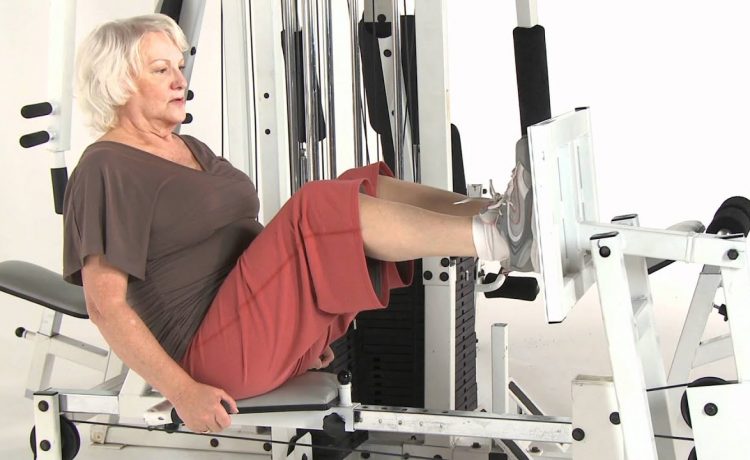So, you want to work in fitness for special needs adults, helping them become their healthiest, happiest versions of themselves. That’s a pretty noble effort you’re making! However, this is a great opportunity for you to learn from our mistakes and some of the mistakes we’ve seen others make. Avoid these 11 mistakes people make while working fitness for special needs adults at all costs.
Mistake 1: Underestimating the Client’s Ability Level
If you’re working with a client who has a full-time caregiver, you might be tempted to over-modify the exercises you instruct them to perform. However, your client’s level of independence outside the gym has nothing to do with their fitness level. Give your client a chance to perform traditional exercises before modifying them.
Mistake 2: Overestimating the Client’s Ability Level
Conversely, it’s also easy to overcompensate for your initial biases. Because you’re concerned about underestimating your client, you might overestimate their abilities. Insisting to your client that they can perform an exercise they’re clearly struggling with is a mistake you can avoid.
Mistake 3: Going into Drill Sergeant Mode
While it’s true that some of your clients may need tough love, your special needs clients are going to need you to cool the drill sergeant routine. Being firm is important but barking orders is almost never going to fly with the special needs adults you work with.
Mistake 4: Going into Preschool Teacher Mode
The more common mistake we see played out is this: personal trainers talking to their adult special needs clients like they’re children. For your intellectually disabled clients, they may have child-like cognitive abilities, but their understanding of the world is also molded by their years of experience. Be firm and friendly with your clients. Get to know them better to learn how to talk to them.
Mistake 5: Skipping the Initial Fitness Assessment
This is step two to underestimating your client’s abilities. If you’re certain you know your client’s baseline fitness level already, you may be compelled to skip the initial fitness assessment altogether. However, this robs your client of seeing their progress over time.
Mistake 6: Failing to Adapt the Initial Fitness Assessment Exercises
Likewise, this is step two to overestimating your client’s abilities. In your attempt to treat your special needs client as you would any other client, you may try to have them perform your usual initial fitness assessment exercises. However, your special needs clients need equity, not equality. Simply modify your assessment exercises to get a true understanding of your client’s baseline.
Mistake 7: Communicating Exclusively With the Client’s Caregiver
If your client has intellectual disabilities and is transported to and from training sessions by a caregiver, you may think it best to communicate with the caregiver about your client’s needs and progress. When you do this, you’re missing valuable insight from your client and a chance to engage with them and teach them life skills like independence and self-confidence.
Mistake 8: Only Eliminating Top-of-Mind Distractions
Your special needs clients with sensory sensitivity are going to be distracted by things that might never occur to you. Maybe the tag on their shirt is making them itchy. Maybe one of the overhead fluorescent lights is flickering (almost imperceptibly to you). Whatever the case, take each distraction one day at a time and adjust accordingly.
Mistake 9: Forgetting to Celebrate Every Single Victory
Your client is going to make progress, but it may be on a much smaller scale than you’re used to. Pay close attention to your client. Have them perform the same exercises again and again, adding on new modifications as their abilities improve. This way you’ll be able to see improvements and celebrate them for the victories they are.
Mistake 10: Getting Discouraged at the “Slow” Progress
The slow progress may be daunting if you’re not used to it. However, the biggest source of discouragement is seeing your clients “backslide.” You may have thought they already mastered balancing on one leg, but this session they’re wobbling. Fitness is a journey. It’s not linear. Be patient with your client and with yourself.
Mistake 11: Failing to Get a Fitness Instructor Certification for Special Needs
Failing to get a special needs exercise specialist certification is one of the biggest mistakes we see in the fitness industry. Having experience working with people with special needs can be a big help for you as a personal trainer, but this specialized certification can educate you about the specific benefits exercise can have on different disabilities. Having this information in your back pocket can be the difference between getting your client to exercise and getting your client to be healthy. Get certified today.
Strong Education teaches personal trainers, parents, and professionals how to adapt fitness for children, adolescents, and adults with autism, Down Syndrome, and other disabilities through our online special needs certification course.









